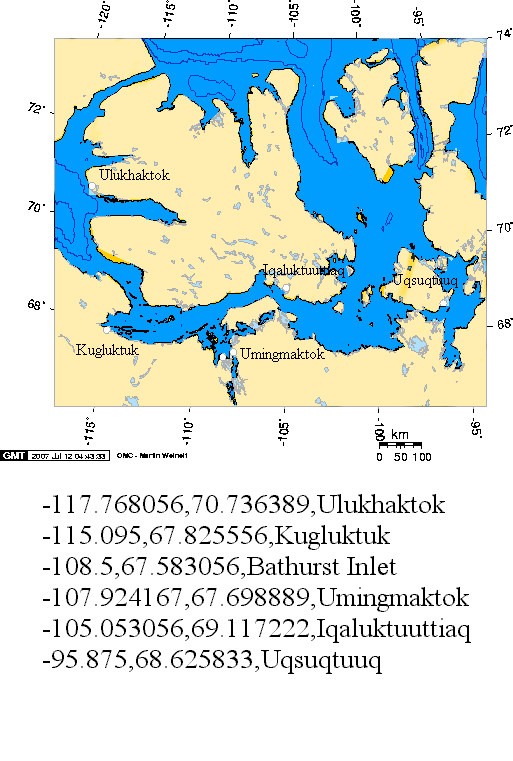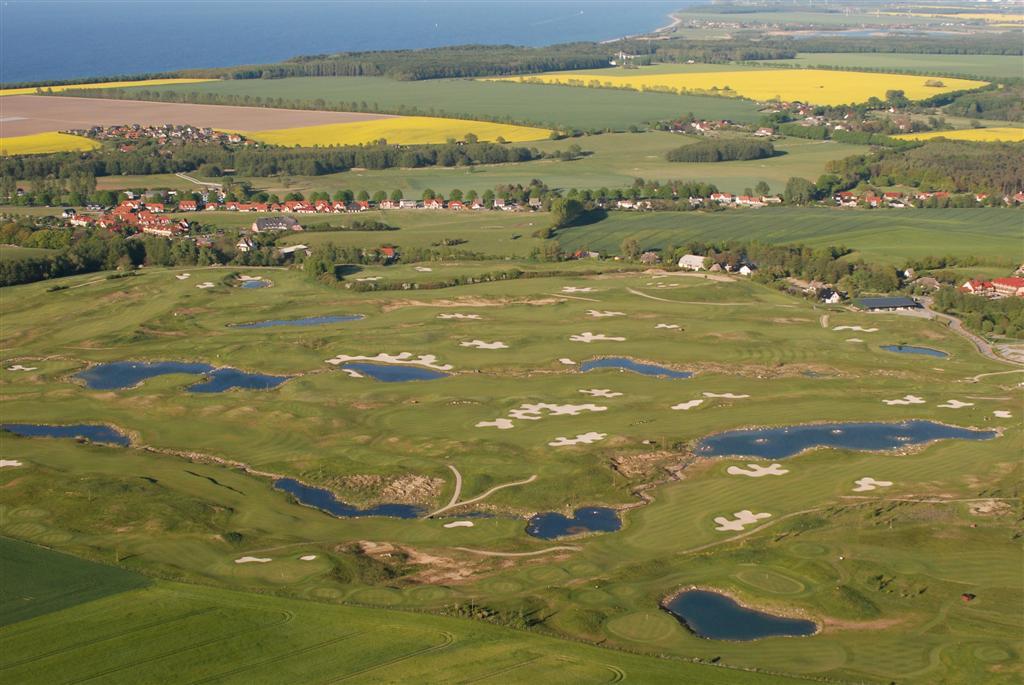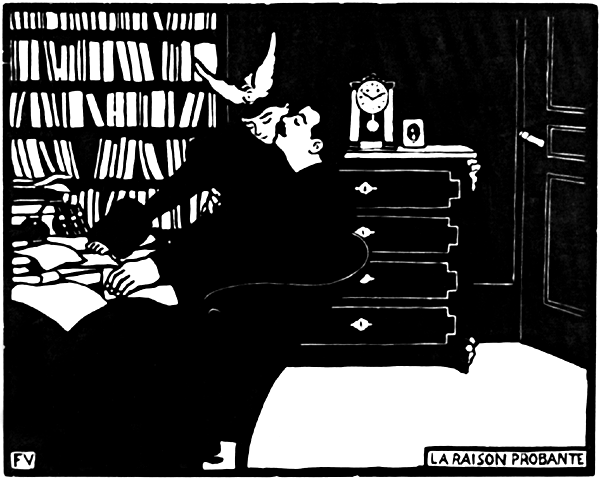|
Ulukhaktok, Northwest Territories
Ulukhaktok ((Kangiryuarmiutun (Inuit): , ) and known until 1 April 2006 as ''Holman'' or ''Holman Island'') is a small Inuvialuit Settlement Region hamlet on the west coast of Victoria Island, in the Inuvik Region of the Northwest Territories, Canada. Like other small traditional communities in the territories, hunting, trapping, and fishing are major sources of income, but printmaking has taken over as the primary source of income in recent years. The two principal languages in Ulukhaktok are the Kangiryuarmiutun dialect of Inuinnaqtun, which is part of the Inuvialuktun group, and English. The village has the world's most northerly golf course. The community was covered in the Inuvialuit Final Agreement as part of their land claims and is in the Inuvialuit Settlement Region. History The first people to settle in the area were Natkusiak and his family in 1937. Two years later, the Hudson's Bay Company relocated from Walker Bay and a Roman Catholic mission was opened the same ... [...More Info...] [...Related Items...] OR: [Wikipedia] [Google] [Baidu] |
Provinces And Territories Of Canada
Canada has ten provinces and three territories that are sub-national administrative divisions under the jurisdiction of the Constitution of Canada, Canadian Constitution. In the 1867 Canadian Confederation, three provinces of British North America—New Brunswick, Nova Scotia, and the Province of Canada (which upon Confederation was divided into Ontario and Quebec)—united to form a federation, becoming a fully Independence, independent country over the next century. Over its history, Canada's international borders have changed several times as it has added territories and provinces, making it the List of countries and dependencies by area, world's second-largest country by area. The major difference between a Canadian province and a territory is that provinces receive their power and authority from the ''Constitution Act, 1867'' (formerly called the ''British North America Acts, British North America Act, 1867''), whereas territories are federal territories whose governments a ... [...More Info...] [...Related Items...] OR: [Wikipedia] [Google] [Baidu] |
Prince Of Wales Northern Heritage Centre
The Prince of Wales Northern Heritage Centre (PWNHC) (''Centre du patrimoine septentrional Prince-de-Galles'' in French) is the Government of the Northwest Territories' museum and archives. Located in Yellowknife, Northwest Territories, Canada, the PWNHC acquires and manages objects and archival materials that represent the cultures and history of the Northwest Territories (NWT), plays a primary role in documenting and providing information about the cultures and history of the NWT, and provides a professional museum, archives and cultural resource management services to partner organizations. History A group of history-minded Yellowknifers first envisioned a museum for the Northwest Territories in the early 1950s and after several years of planning, and three years of construction, the 'Museum of the North' opened in July 1963 in downtown Yellowknife. It was operated by volunteers with the Yellowknife Museum Society until 1970 when care of its artifacts was transferred to the Gove ... [...More Info...] [...Related Items...] OR: [Wikipedia] [Google] [Baidu] |
Communities Where Inuinnaqtun Is Spoken
A community is a social unit (a group of people) with a shared socially-significant characteristic, such as place, set of norms, culture, religion, values, customs, or identity. Communities may share a sense of place situated in a given geographical area (e.g. a country, village, town, or neighborhood) or in virtual space through communication platforms. Durable good relations that extend beyond immediate genealogical ties also define a sense of community, important to people's identity, practice, and roles in social institutions such as family, home, work, government, TV network, society, or humanity at large. Although communities are usually small relative to personal social ties, "community" may also refer to large-group affiliations such as national communities, international communities, and virtual communities. In terms of sociological categories, a community can seem like a sub-set of a social collectivity. In developmental views, a community can emerge out of a colle ... [...More Info...] [...Related Items...] OR: [Wikipedia] [Google] [Baidu] |
Golf Course
A golf course is the grounds on which the sport of golf is played. It consists of a series of holes, each consisting of a teeing ground, tee box, a #Fairway and rough, fairway, the #Fairway and rough, rough and other hazard (golf), hazards, and a green with a cylindrical hole in the ground, known as a "cup". The cup holds a flagstick, known as a "pin". A standard round of golf consists of 18 holes, and as such most courses contain 18 distinct holes; however, there are many 9-hole courses and some that have holes with shared fairways or greens. There are also courses with a non-standard number of holes, such as 12 or 14. The vast majority of golf courses have holes of varying length and difficulties that are assigned a standard score, known as Par (score), par, that a proficient player should be able to achieve; this is usually three, four or five strokes. Par-3 courses consist of holes all of which have a par of three. Short courses have gained in popularity; these consist of mo ... [...More Info...] [...Related Items...] OR: [Wikipedia] [Google] [Baidu] |
Inuvialuktun
Inuvialuktun (part of ''Western Canadian Inuit'' / ''Inuktitut'' / '' Inuktut'' / '' Inuktun'') comprises several Inuit language varieties spoken in the northern Northwest Territories by Canadian Inuit who call themselves ''Inuvialuit''. Some dialects and sub-dialects are also spoken in Nunavut. and Distribution and varieties Inuvialuktun is spoken by the Inuit of the Mackenzie River delta, Banks Island, part of Victoria Island and the Arctic Ocean coast of the Northwest Territories – the lands of the Inuvialuit Settlement Region. It was traditionally subsumed under a broader ''Inuktitut''. Rather than a coherent language, Inuvialuktun is a politically motivated grouping of three quite distinct and separate varieties. It consists of '' Sallirmiutun'' (formerly Siglitun; Inuvialuktun proper), the '' Kangiryuarmiutun'' dialect of Inuinnaqtun on Victoria Island in the East and the '' Uummarmiutun'' dialect of Iñupiaq around Inuvik and Aklavik in the West. Inuvialuktun ... [...More Info...] [...Related Items...] OR: [Wikipedia] [Google] [Baidu] |
Inuinnaqtun
Inuinnaqtun (, ; natively meaning 'like the real human beings/peoples') is an Inuit language. It is spoken in the central Canadian Arctic. It is related very closely to Inuktitut, and some scholars, such as Richard Condon, believe that Inuinnaqtun is more appropriately classified as a dialect of Inuktitut. The government of Nunavut recognises Inuinnaqtun as an official language in addition to Inuktitut, and together sometimes referred to as Inuktut.''Official Languages Act'', S.Nu. 2008, c. 10 s. 3(1) wit s. 1(2). It is spoken in the |
Printmaking
Printmaking is the process of creating work of art, artworks by printing, normally on paper, but also on fabric, wood, metal, and other surfaces. "Traditional printmaking" normally covers only the process of creating prints using a hand processed technique, rather than a photographic reproduction of a visual artwork which would be printed using an electronic machine (Printer (computing), a printer); however, there is some cross-over between traditional and digital printmaking, including risograph. Prints are created by transferring ink from a Matrix (printing), matrix to a sheet of paper or other material, by a variety of techniques. Common types of matrices include: metal plates for engraving, etching and related intaglio printing techniques; stone, aluminum, or polymer for lithography; blocks of wood for woodcuts and wood engravings; and linoleum for linocuts. Screens made of silk or synthetic fabrics are used for the screen printing process. Other types of matrix substrates ... [...More Info...] [...Related Items...] OR: [Wikipedia] [Google] [Baidu] |
Fishing
Fishing is the activity of trying to catch fish. Fish are often caught as wildlife from the natural environment (Freshwater ecosystem, freshwater or Marine ecosystem, marine), but may also be caught from Fish stocking, stocked Body of water, bodies of water such as Fish pond, ponds, canals, park wetlands and reservoirs. Fishing techniques include trawling, Longline fishing, longlining, jigging, Fishing techniques#Hand-gathering, hand-gathering, Spearfishing, spearing, Fishing net, netting, angling, Bowfishing, shooting and Fish trap, trapping, as well as Destructive fishing practices, more destructive and often Illegal, unreported and unregulated fishing, illegal techniques such as Electrofishing, electrocution, Blast fishing, blasting and Cyanide fishing, poisoning. The term fishing broadly includes catching aquatic animals other than fish, such as crustaceans (shrimp/lobsters/crabs), shellfish, cephalopods (octopus/squid) and echinoderms (starfish/sea urchins). The term is n ... [...More Info...] [...Related Items...] OR: [Wikipedia] [Google] [Baidu] |
Trapping
Animal trapping, or simply trapping or ginning, is the use of a device to remotely catch and often kill an animal. Animals may be trapped for a variety of purposes, including for meat, fur trade, fur/feathers, sport hunting, pest control, and wildlife management. History Neolithic hunters, including the members of the Cucuteni-Trypillian culture of Romania and Ukraine (), used traps to capture their prey. An early mention in written form is a passage from the self-titled book by Taoism, Taoist philosopher Zhuangzi (book), Zhuangzi which describes Chinese methods used for trapping animals during the 4th century BCE. The Zhuangzi reads: "The sleek-furred fox and the elegantly spotted leopard ... can't seem to escape the disaster of nets and traps." "Modern" steel jaw-traps were first described in western sources as early as the late 16th century. The first mention comes from Leonard Mascall's book on animal trapping. It reads: "a griping trappe made all of yrne, the lowest b ... [...More Info...] [...Related Items...] OR: [Wikipedia] [Google] [Baidu] |
Hunting
Hunting is the Human activity, human practice of seeking, pursuing, capturing, and killing wildlife or feral animals. The most common reasons for humans to hunt are to obtain the animal's body for meat and useful animal products (fur/hide (skin), hide, bone/tusks, horn (anatomy), horn/antler, etc.), for recreation/taxidermy (see trophy hunting), although it may also be done for resourceful reasons such as removing predators dangerous to humans or domestic animals (e.g. wolf hunting), to pest control, eliminate pest (organism), pests and nuisance animals that damage crops/livestock/poultry or zoonosis, spread diseases (see varmint hunting, varminting), for trade/tourism (see safari), or for conservation biology, ecological conservation against overpopulation and invasive species (commonly called a culling#Wildlife, cull). Recreationally hunted species are generally referred to as the ''game (food), game'', and are usually mammals and birds. A person participating in a hunt is a ... [...More Info...] [...Related Items...] OR: [Wikipedia] [Google] [Baidu] |
Victoria Island
Victoria Island () is a large island in the Arctic Archipelago that straddles the boundary between Nunavut and the Northwest Territories of Canada. It is the eighth-largest island in the world, and at in area, it is Canada's second-largest island. It is nearly double the size of Newfoundland (), and is slightly larger than the island of Great Britain () but smaller than Honshu (). The western third of the island lies in the Inuvik Region of the Northwest Territories; the remainder is part of Nunavut's Kitikmeot Region. The population of 2,168 is divided between two settlements, the larger of which is Cambridge Bay (Nunavut) and the other Ulukhaktok (Northwest Territories). The island is named after Queen Victoria, the Canadian sovereign from 1867 to 1901 (though she first became Queen in 1837). The features bearing the name "Prince Albert" are named after her consort, Albert. History Victoria Island was inhabited by the Thule culture, with five prehistoric ''qamutiik'' ... [...More Info...] [...Related Items...] OR: [Wikipedia] [Google] [Baidu] |
Inuit Languages
The Inuit languages are a closely related group of Indigenous languages of the Americas, indigenous American languages traditionally spoken across the North American Arctic and the adjacent subarctic regions as far south as Labrador. The Inuit languages are one of the two branches of the Eskimoan languages, Eskimoan language family, the other being the Yupik languages, which are spoken in Alaska and the Russian Far East. Most Inuit people live in one of three countries: Greenland, a self-governing territory within the Danish Realm, Kingdom of Denmark; Canada, specifically in Nunavut, the Inuvialuit Settlement Region of the Northwest Territories, the Nunavik region of Quebec, and the Nunatsiavut and NunatuKavut regions of Labrador; and the United States, specifically in northern and western Alaska. The total population of Inuit speaking their traditional languages is difficult to assess with precision, since most counts rely on self-reported census data that may not accurately re ... [...More Info...] [...Related Items...] OR: [Wikipedia] [Google] [Baidu] |






